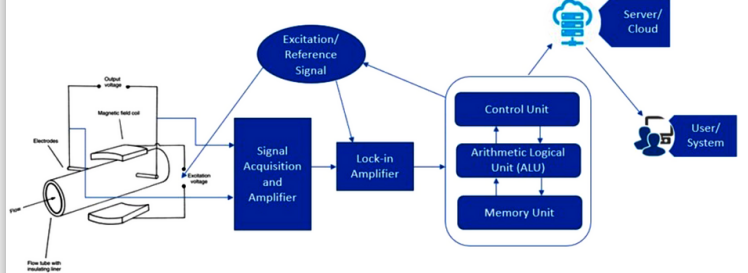- About Us
- Offerings
Services
PRODUCT ENGINEERING
- Engagement Model
- Industries We Serve
HOME/FlowSense Revolutionizing Pipe Flow Measurement with Electromagnetic Sensing

CHALLENGES :
CLIENT BENEFITS :

ABOUT PROJECT :
OBJECTIVES :
SOLUTION :
Copyright © 2024 Acclivis Technologies Pvt Ltd.All rights reserved